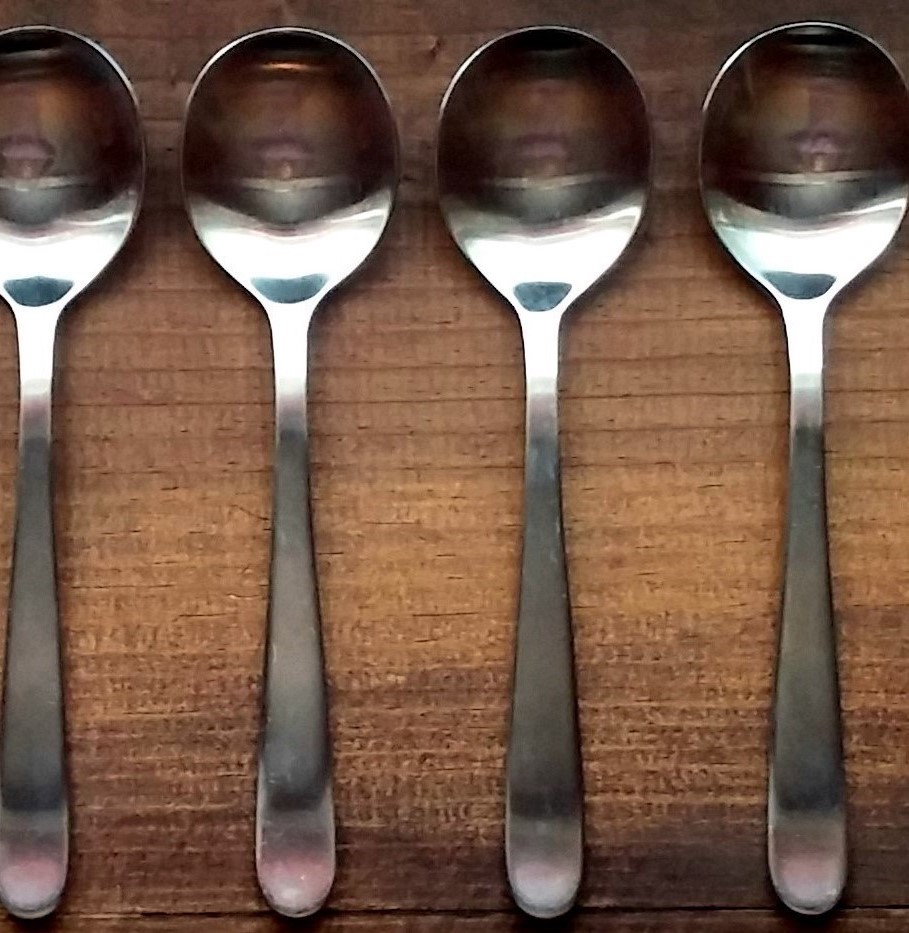Spelt is a surviving remnant of naturally hybridized wheat. I was introduced to spelt flour during my junior year abroad in Germany in the late 80's(!). Now, it is easily found in the U.S. in natural food stores or natural food sections in grocery stores. It is higher in protein, has a slightly nutty taste, and can be substituted for wheat flour. When combined with wheat flour, spelt flour creates a more complex flavor as is the case in Honey Spelt Rolls. I have a penchant for rolls. I find them to be a simple yeast based bread to prepare yet special enough to make any meal exceptional. As the spring weather bounces back and forth, pair Honey Spelt Rolls with your favorite pot of soup for a delicious meal and satisfying leftovers. Trust me: you can make these yourself and will appreciate the result!
Honey Spelt Rolls
½ cup warm (110º F) water
⅓ cup honey
2 ½ teaspoons active dry yeast
¼ cup 2% or whole milk
2 eggs
2 tablespoons unsalted butter, melted
2+ cups unbleached all-purpose flour
2 cups spelt flour
¼ cup dry buttermilk powder
1 ½ teaspoons sea salt
1 tablespoon honey
1 tablespoon unsalted butter, melted
- In a small bowl, combine water, ⅓ cup honey, and yeast. Set aside until mixture becomes frothy, 5 to 10 minutes.
- In another small bowl, whisk together milk, eggs, and 2 tablespoons melted butter. Set aside.
- In the large bowl of a standing mixer, combine 2 cups unbleached all-purpose flour, spelt flour, buttermilk powder, and salt. Fold in yeast and egg mixtures.
- Knead with the mixer, using the dough hook, on medium-low speed, about 5 to 8 minutes. If dough is sticky, add up to an additional ½ cup unbleached all-purpose flour, 1 tablespoon at a time, kneading after each addition until dough forms a smooth ball and pulls away from the sides of the bowl.
- Place dough in a large buttered bowl. Cover bowl with a towel and let rise in a warm spot until dough has doubled in size, about 1 ½ to 2 hours.
- Butter two 9-inch pie plates. Divide dough into 16 equal-size pieces. On a cutting board, cup your hand over 1 dough piece; roll firmly against the board to form a smooth ball. Place one ball in center of each pie plate. Roll and evenly arrange another 7 balls around each center ball, evenly spacing them. Cover with a towel and let rise in a warm spot until balls touch and fill pie plate, about 45 to 60 minutes.
- Whisk together 1 tablespoon honey and 1 tablespoon melted butter. Lightly brush mixture over top of rolls.
- Bake in a 375ºF oven for 20 to 25 minutes, until golden. Let cool slightly in pie plates for 15 minutes. Turn out onto a wire rack and break apart for serving.









